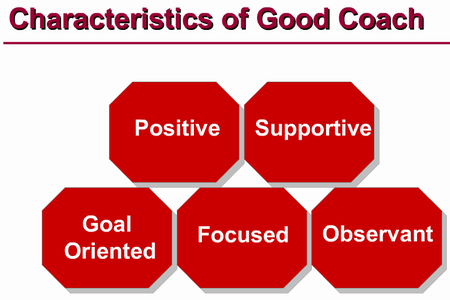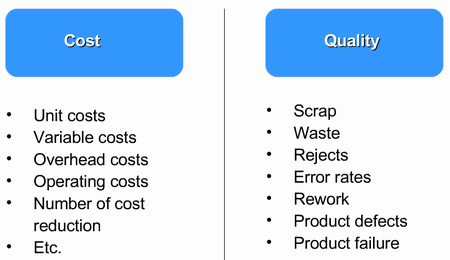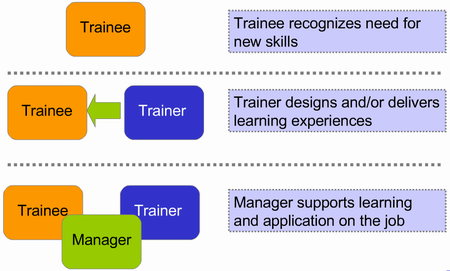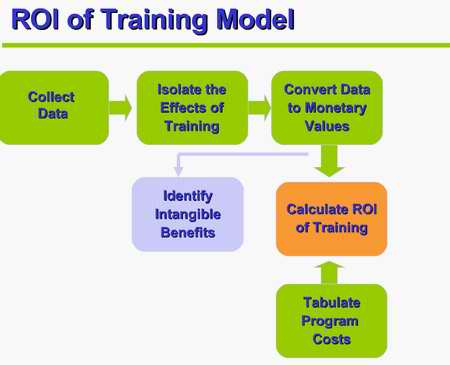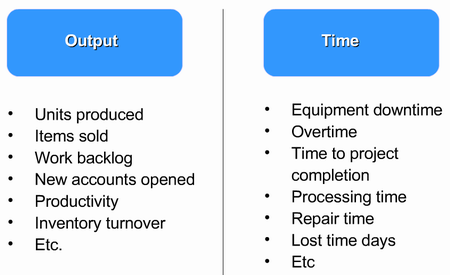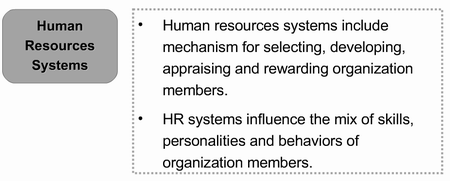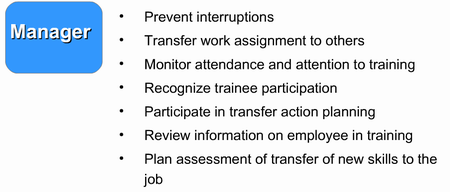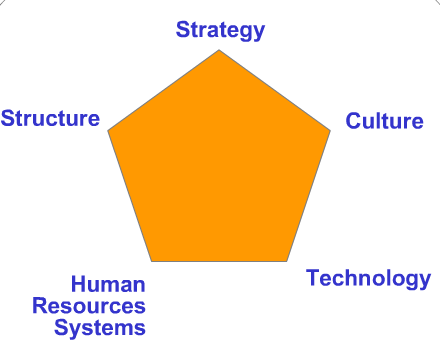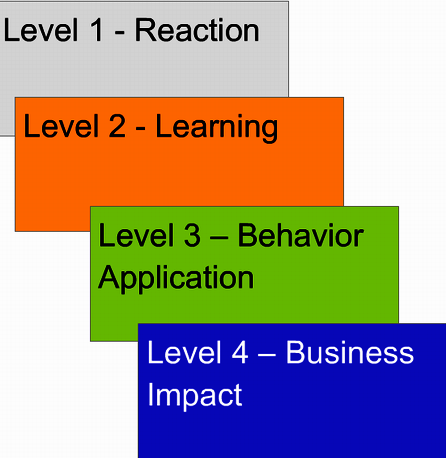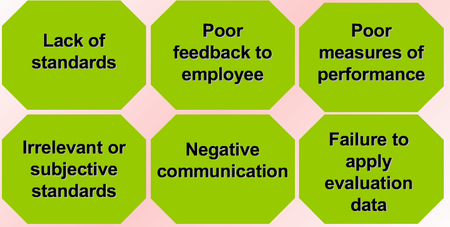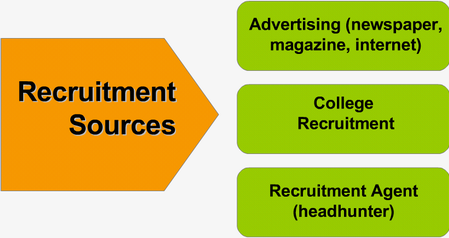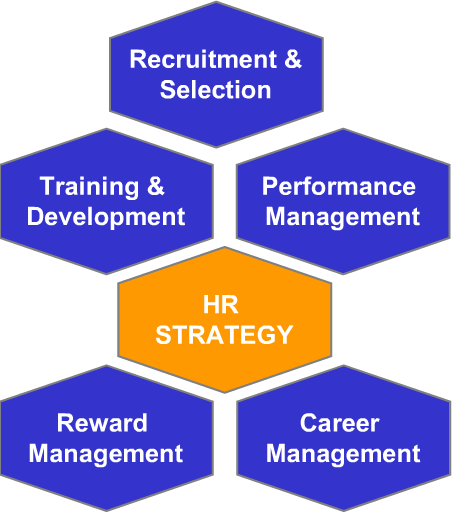No matter how large your organization is, you will certainly wish to hire only qualified personnel that will contribute to its quick and efficient advancement. However, this is exactly where the prevailing number of managers face problems. The fact is that it is nearly impossible to state how experienced and goal-driven this or that applicant is right from the start. In most cases, it will take you up to several hours to understand whether you have made a correct choice or not. Unfortunately, lots of companies cannot afford to put their reputability at stake and this is what makes them search for valuable and helpful systems of workforce assessment.

It is quite understandable that HR personnel cannot figure out if an applicant will perform well in advance. At the same time, they are responsible for the efficient recruitment process. What is the way out for them then? How should they cope with this task? HR metrics is what they can make use of! These indicators will not only help assess the potential candidates for a vacant position, but also evaluate the performance of employees who are already working in your company. As a result, this makes it possible to analyze the current business situation taking into account the personnel factor, which is, by the way, one of the most crucial aspects in the whole process.
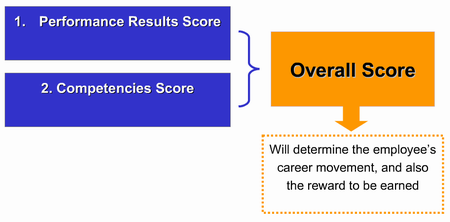
To get the most out of the procedure of implementation of HR metrics, you should gather complete information both about your potential hires and people you are currently working with. This info can be obtained through background checks, for example. Well, this will certainly take some time, but think about the final result you will get! When performing these important checks, try to limit the amount of information you will use when setting up suitable HR metrics. Otherwise, you may be puzzled by useless facts that will prevent you from thorough research, since you will need to establish too many metrics. The recommended number of them, however, is ten. This will be enough to process the data properly and draw proper conclusions.
Even if the above mentioned process seems too time-taking and challenging, it really helps define the potential efficacy of new hires and that of your current personnel. So, take your time to find out more about the essence of this procedure and then proceed to the selection of those HR metrics that seem crucial for your business.
